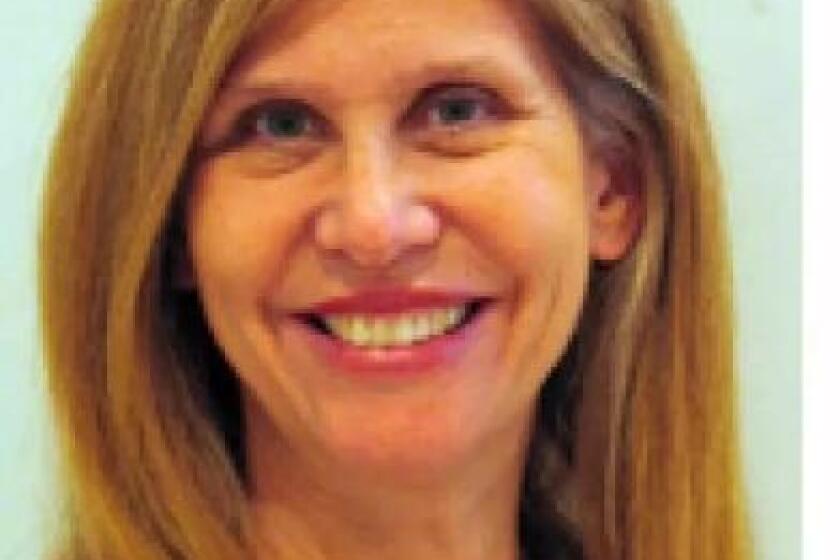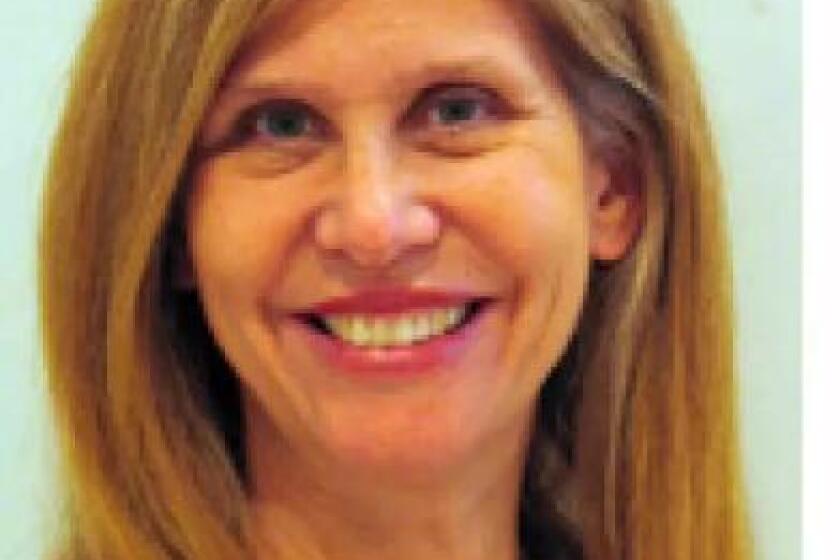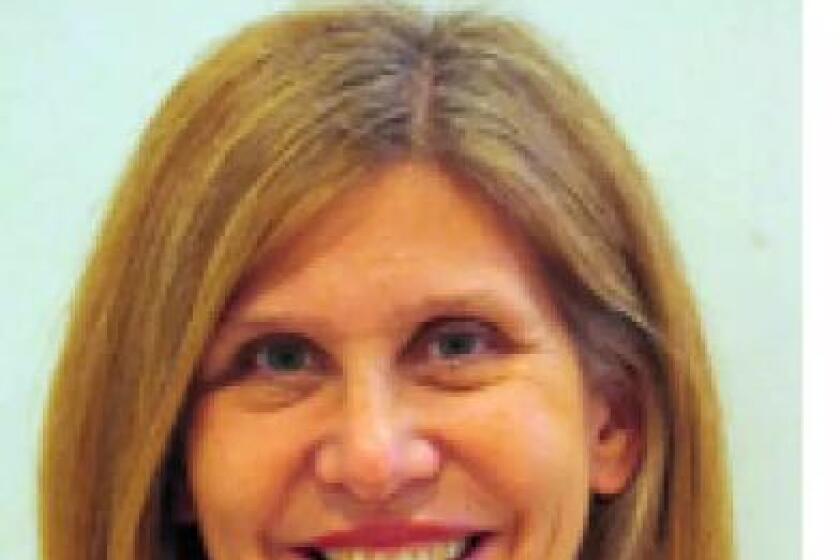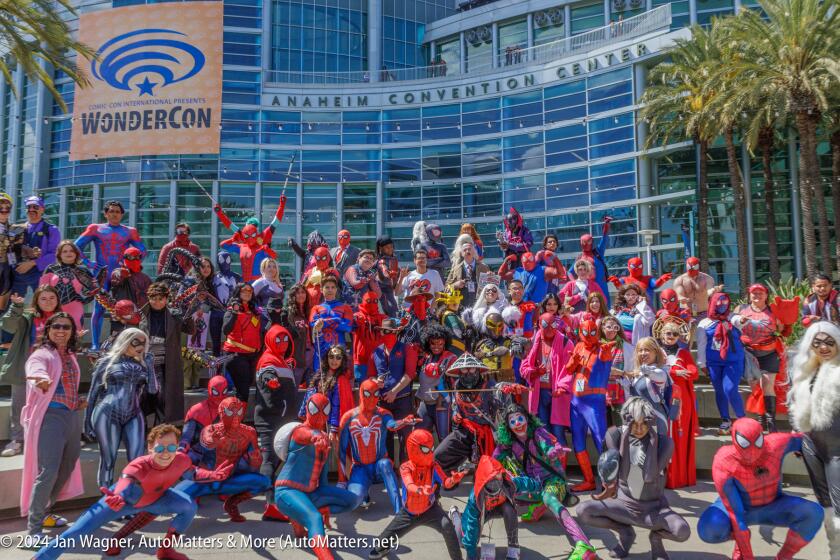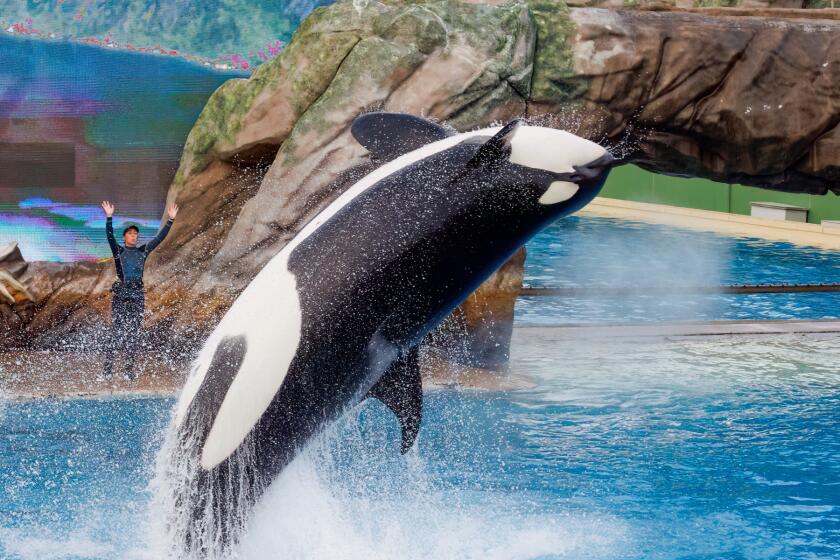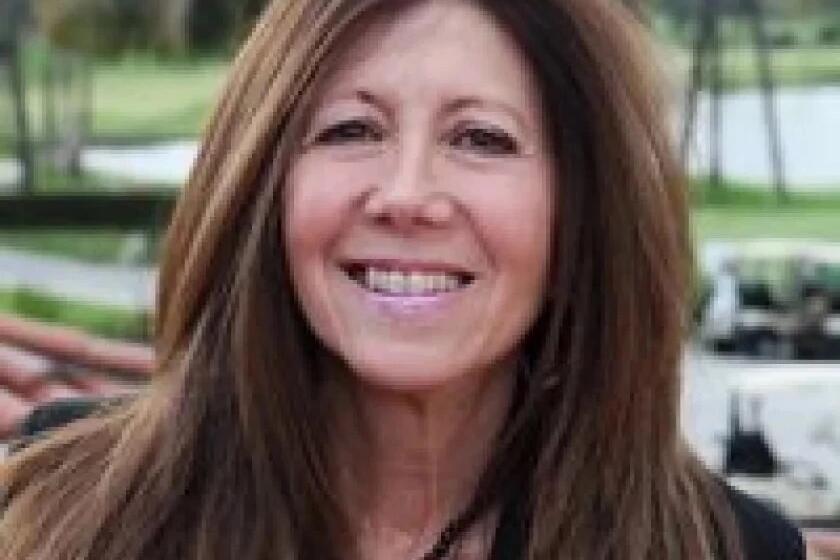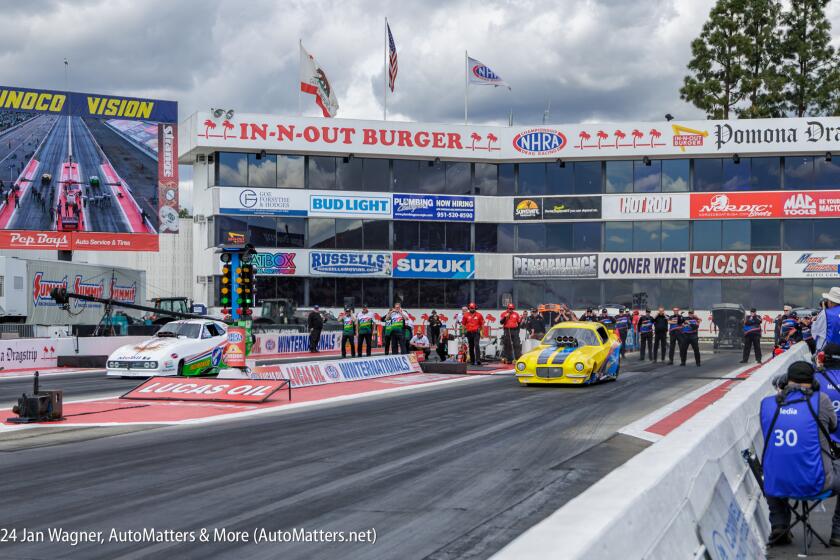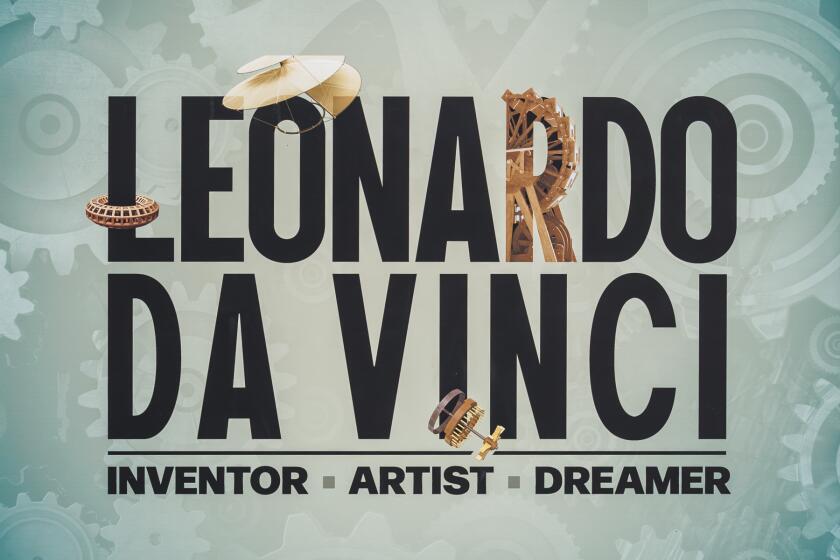Education Matters: Comic-Con’s hidden education gems
Comic-Con is about more than costumes, movie stars and sci-fi television and film.
Attendees looking for the education component at this year’s mega-convention in San Diego were treated to a variety of panels covering a range of topics.
Many themes centered on how comics and graphic novels can be used to improve reading skills from kindergarten age through adulthood.
Other themes explored how comic books and graphic novels can enhance learning and make core academic subjects, such as lessons in science and history, more interesting and accessible.
Panels also featured experts working to prevent bullying, help geeky kids feel more confident and self-assured, and empower women and girls.
In “Raising Fankids: Teaching Young Geeks to be Self-Confident and Successful,” panelists included two ninth-grade students and two teachers – all of whom proudly called themselves geeks.
The children, Tatti Che and Rafe Gerson, were poised, articulate and insightful.
Gerson said the reason geeky kids often lack self-confidence is in part because their achievements have not been recognized. To validate them, schools and teachers must acknowledge them first.
“Traditional schools prefer to recognize athletics over academics,” he said.
Schools don’t do enough for geeks, Gerson said. “They don’t make the geeks feel cherished.”
Many schools allow kids to create their own clubs, which adults on the panel said was a good trend, but Gerson said they should do more.
He said adult-created clubs by teachers would attract more kids and give the clubs more status.
This comment was particularly relevant. If kids create a Harry Potter Club, it’s likely to garner less interest than if a teacher organized and created the same club.
When asked about fitting in with other groups, Gerson said that belonging implies you must conform. It’s better, he said, to accept yourself for who you are.
And who you are, he pointed out, is not necessarily introverted. Saying that geeky kids prefer solitude is false. “It now means you’re tech savvy,” he said.
Che said she learned to be self-confident by accepting and embracing who she is.
Teacher Pasquale Piro said it is unusual for Che and Gerson to be so self-confident as geeks at such a young age, noting that it didn’t happen to him until college when he realized at last that there was no point in faking it.
“I didn’t get super-popular by pretending to like baseball,” Piro said.
Gunn’s Guardians
James Gunn, director of “Guardians of the Galaxy Vol. 2,” wrote in May on his Facebook page that as a young boy he didn’t fit in and had suicidal thoughts.
“I never felt like I belonged, had an incredibly difficult time connecting to other people, and, despite having love around me, I had an impossible time experiencing it, or taking it in,” he wrote.
Comics and art were his passions, and that saved him.
It’s a message of hope for other kids in the world who feel isolated and misunderstood.
The Guardians, Gunn wrote, are “a group of heartbroken misfits whose lives have been bereft of tenderness and connection and who have a nearly impossible time trusting themselves or others. But they’re learning, one step at a time.”
His message to kids who feel alienated was simple: “You are not alone.”
Superheroes, in real life
At the “Superhero IRL: End Bullying” panel, executive producer of “The Big Bang Theory” Bill Prady described the popular television show as being about people who are different.
He said pop culture can be a powerful voice, saying, “Every pop culture phenomenon was created by someone who was bullied.”
The panel included author Carrie Goldman who is helping to develop curriculum to end bullying for the grades 6-8 middle school years. The curriculum – which teaches English, social science, history and science through stories kids love – uses pop culture to impart core lessons of empathy and compassion.
Goldman works with actress and panel moderator Chase Masterson, who founded the Pop Culture Hero Coalition [https://www.popculturehero.org/] which strives to end bullying and empower disaffected youth to stand strong and embrace their own superhero abilities.
The panel featured Star Trek star Nichelle Nichols who said she was told by Martin Luther King, Jr. that she needed to continue in her role on the original show as the famous Lt. Uhura, that she was an important role model for African-Americans and women.
Also joining the panel was Andrew Aydin, policy adviser to U.S. Representative John Lewis and co-author with Lewis of Lewis’s autobiographical graphic novel trilogy “March.”
“March” details Lewis’s history and his role in the 1960s civil rights movement alongside Martin Luther King, Jr.
Aydin told the audience to fight against discrimination in all its forms through peaceful, orderly, disciplined and nonviolent protests.
Lewis was once again present for a panel at Comic-Con, where the real-life superhero and civil rights icon took a look back at the accomplishments of the “March” trilogy and how it’s inspiring new generations with peaceful ways to fight injustice.
“March” is a terrific way to introduce young children to the history of the civil rights movement.
Woman power
Women and girls took center stage at this year’s Comic-Con. Wonder Woman and the newest Doctor Who (gasp! a woman!) were all the buzz.
Panels focusing on sexism and female power struggles in the media dug deeper.
At the panel titled “What Rebellions Are Built On,” female panelists discussed deeply ingrained misogyny and white male domination in comics and film.
Check out the Hawkeye Initiative, where men are drawn in place of female figures in comics, to illustrate the absurdity of the hyper-sexualized female forms – and the physically impossible bodily contortions. It’s a visual eye-opener.
I learned about bad-ass Jessica Jones in the panel “Feminist Marvels,” and the fabulous Flip the Script website at the panel “Women Rocking Hollywood” (where the tag line after each vignette is: “This really happened … only the genders have been switched.”).
The shifting role of women in comics means, said one panelist, awareness of the ridiculousness of breasts the size of women’s heads and those unnatural female poses that would break a normal person’s back.
Science through comics
The panel titled “Motivating Your Inner Mad-Kooky-Curious Scientist” discussed how to use comics and graphic novels in science education.
One author spoke about her drive to write comics about aircraft and the physics of flight, and another about comic books focusing on robotics and drones.
Schools teach science in the abstract, said author Mairghread Scott, but it’s “better to add the human element.”
Kids hear that science is hard and that you need to be really smart to understand it, she said. “It’s complicated but understandable.”
Approaches like these that present science in graphic form give kids a chance to unravel the intricacies of scientific concepts and make them more accessible.
When kids see documentaries or read about famous figures in science, they figure there’s no way they can possibly achieve such greatness. But Bill Gates and Albert Einstein didn’t start from scratch, one author said.
They were geniuses, yes, but Gates didn’t invent the computer, she elaborated. Every inventor or discoverer stands on the shoulders of others.
R.L. Stine and “Goosebumps”
A genius in his own right is “Goosebumps” author R.L. Stine, whose popular series of scary books aimed at 7- to 12-year-olds debuted 25 years ago, in 1992.
To date, about 130 “Goosebumps” books have been written by the prolific author who said in his heyday he would crank out about one a month.
Stine, who attended Comic-Con for the first time this year, appeared before a crowd of over 630 delighted fans, filling the room to capacity.
The hour flew by as Stine entertained the audience with humorous quips and revelations.
He said many people ask him where he gets his ideas.
“I don’t think of ideas. I think of titles, and the titles lead me to a story,” he said, acknowledging this is backwards to the way most authors write.
As an example, walking by a cheese store once gave him the title “Say Cheese and Die,” and from that a story was born.
Stine said comedy and horror are closely linked, observing that people first gasp and then laugh when someone they know sneaks up on them and scares them.
Writing horror or science fiction for children, he said, is different than writing for adults.
“When I write for kids, they have to know it’s not real,” he said, noting that it’s the opposite for adults who want believable fantasy.
Stine attributed his success to word of mouth. “Advertising isn’t what sells,” he said. “It’s kids talking to other kids.”
Several audience members told Stine how his books inspired a love of reading in their children and how the books connected their kids to other kids who were “Goosebumps” fans.
Changes in education
The tools used in the classroom are changing, and learning about the possibilities for the future in education was for many of us just as fascinating as wading through the crush of the amazing cast of characters on the Comic-Con exhibit floor.
Opinion columnist and Sr. Education Writer Marsha Sutton can be reached at suttonmarsha@gmail.com.
Get the Del Mar Times in your inbox
Top stories from Carmel Valley, Del Mar and Solana Beach every Friday for free.
You may occasionally receive promotional content from the Del Mar Times.

